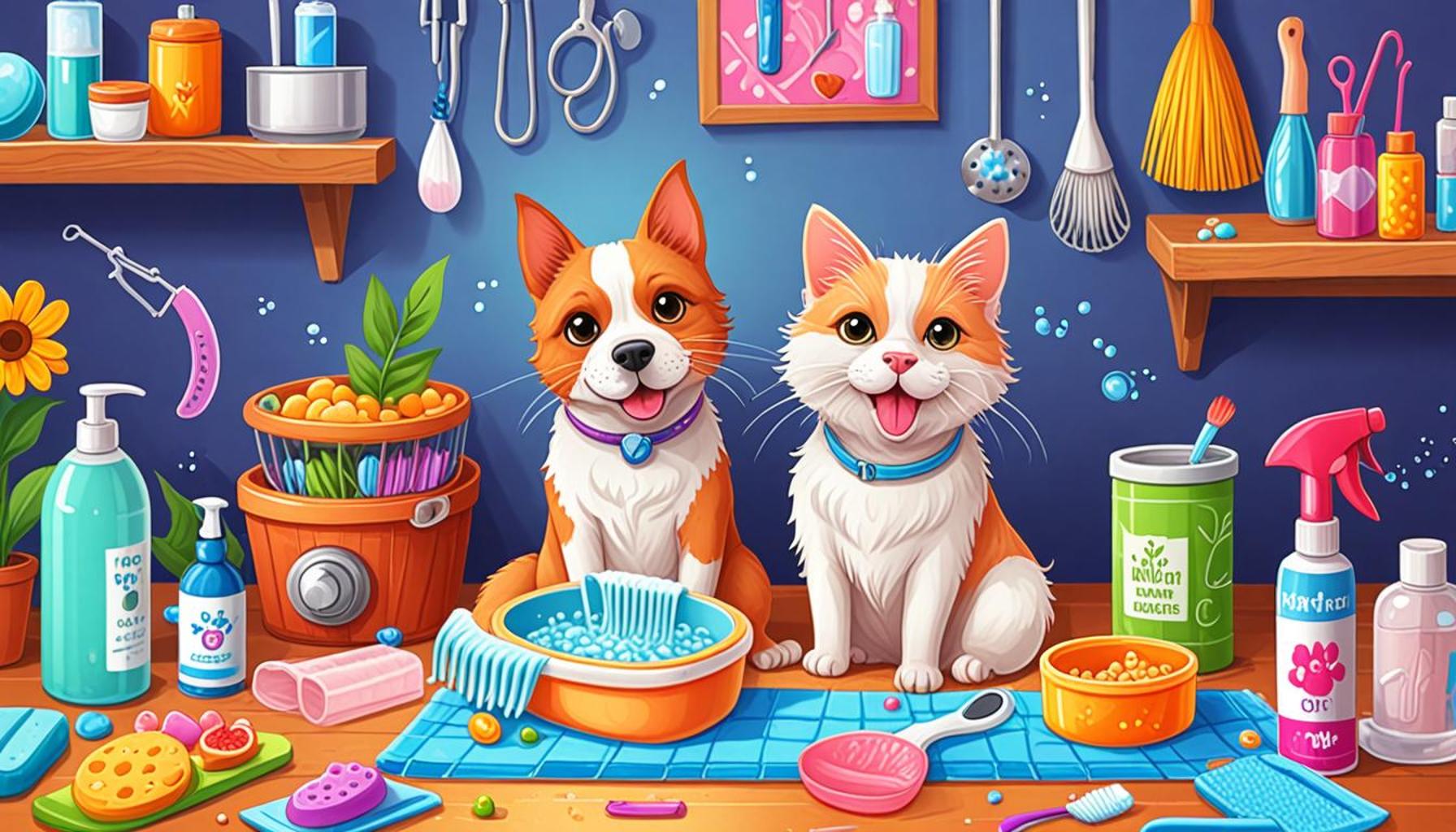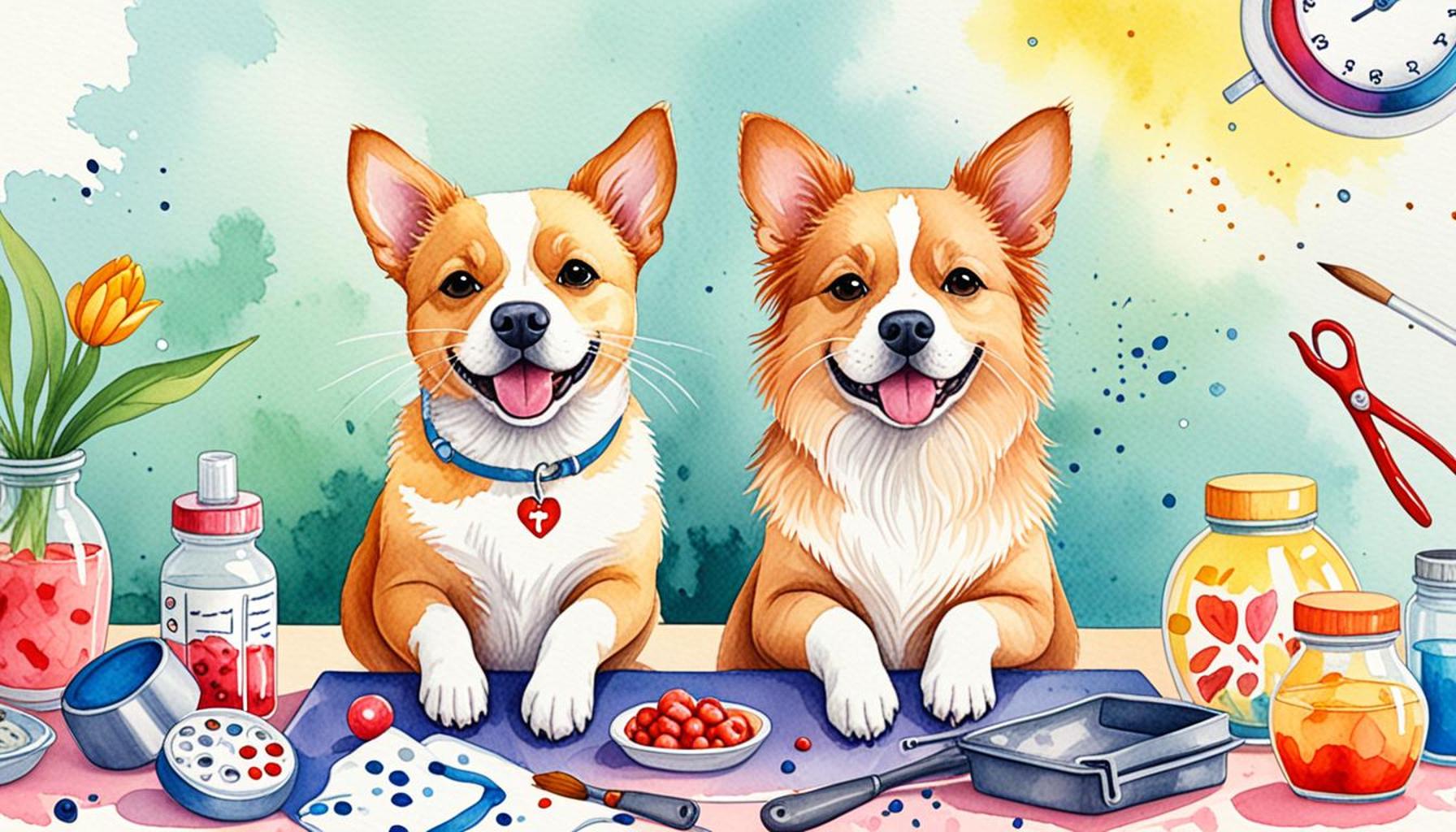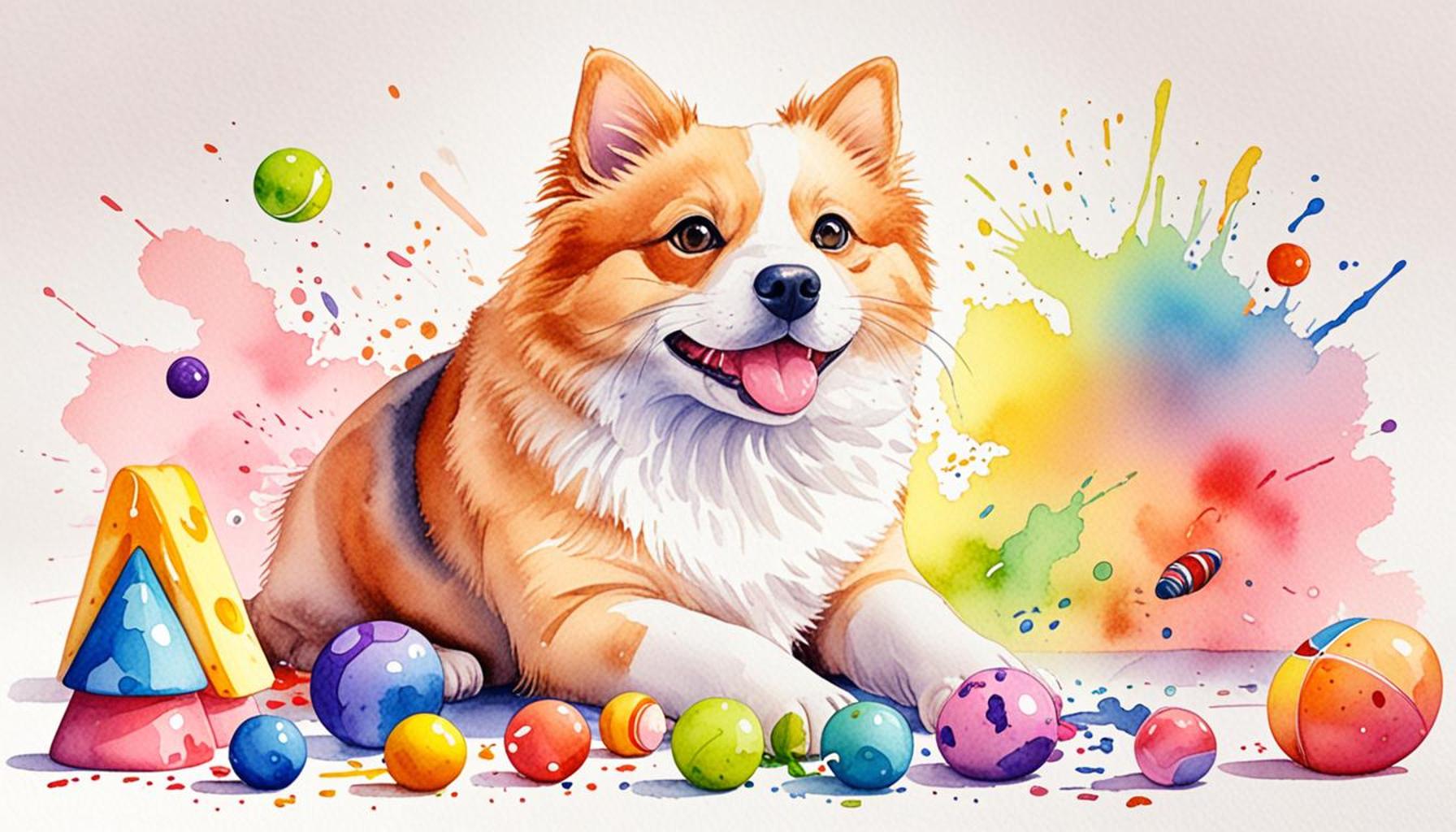Essential Tips for Socializing Puppies with Other Animals Successfully
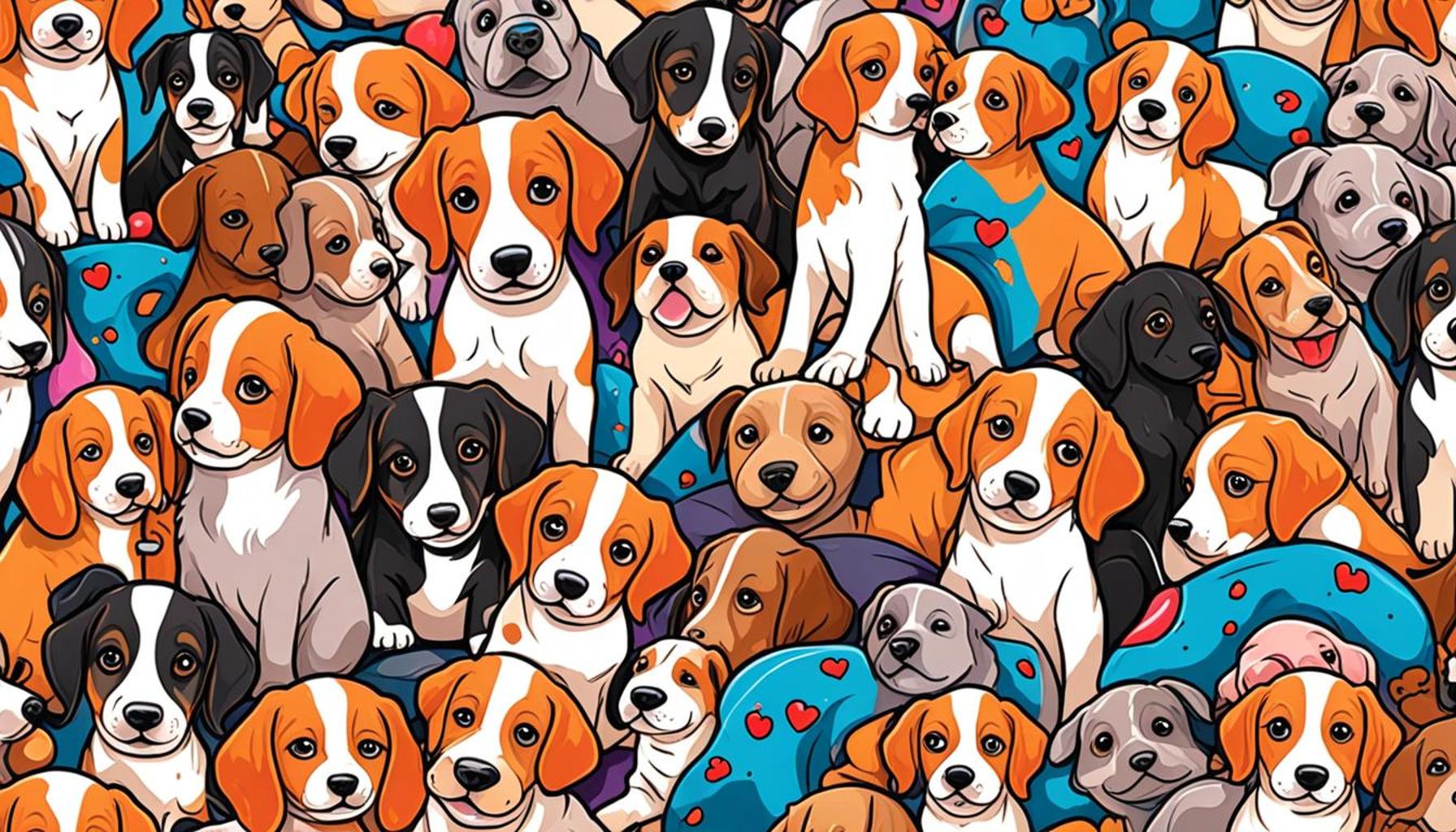
Understanding the Importance of Puppy Socialization
Socializing puppies is one of the most rewarding and vital aspects of dog ownership. During their crucial early development stages, usually between three to sixteen weeks of age, puppies are particularly receptive to learning safe and positive interactions with their environment. This early exposure to various stimuli, such as people, other animals, and different settings, lays the groundwork for a well-rounded adult dog. The benefits of adequate socialization can affect not just manners but also the puppy’s long-term behavior patterns and emotional well-being.
Key Benefits of Socialization
There are several significant advantages that come from a comprehensive approach to socialization:
- Reduces fear and anxiety: A well-socialized puppy tends to approach new situations with confidence rather than fear. For example, a puppy that frequently interacts with various people may feel relaxed during family gatherings, instead of becoming anxious or hiding when guests arrive.
- Encourages friendly behavior: Socialization helps puppies learn appropriate ways to communicate. Through play dates and puppy classes, they can interact with peers, honing their skills in reading body language and understanding playful cues. This experience reduces the risk of aggressive tendencies as they learn how to engage positively with others.
- Fosters adaptability: Exposure to diverse environments—such as busy streets, parks, and busy cafés—teaches puppies how to cope with change. For instance, a puppy that has been socialized will adapt more readily to moving to a new home than one that has lived in a secluded environment without varied experiences.
The Landscape of Pet Ownership in the U.S.
In the United States, dog ownership comes with a unique set of circumstances due to the variety of pets and environments. Owners often have cats, rabbits, birds, or even reptiles living in or near their homes. These varying species can present social challenges for untrained puppies. Without proper introductions and guidelines for behavior, a dog might instinctively chase or become fearful of these companions, potentially leading to distressing incidents.
Strategies for Successful Socialization
To ensure your pup thrives socially, it’s necessary to employ effective socialization techniques. One foundational method is gradual exposure; this means introducing them to new experiences slowly, allowing them to explore at their own pace. Using positive reinforcement, such as treats and praise, helps to build a positive association with these encounters. It’s just as important to observe your puppy’s reactions—understanding their signs of comfort will ensure they are not overwhelmed.
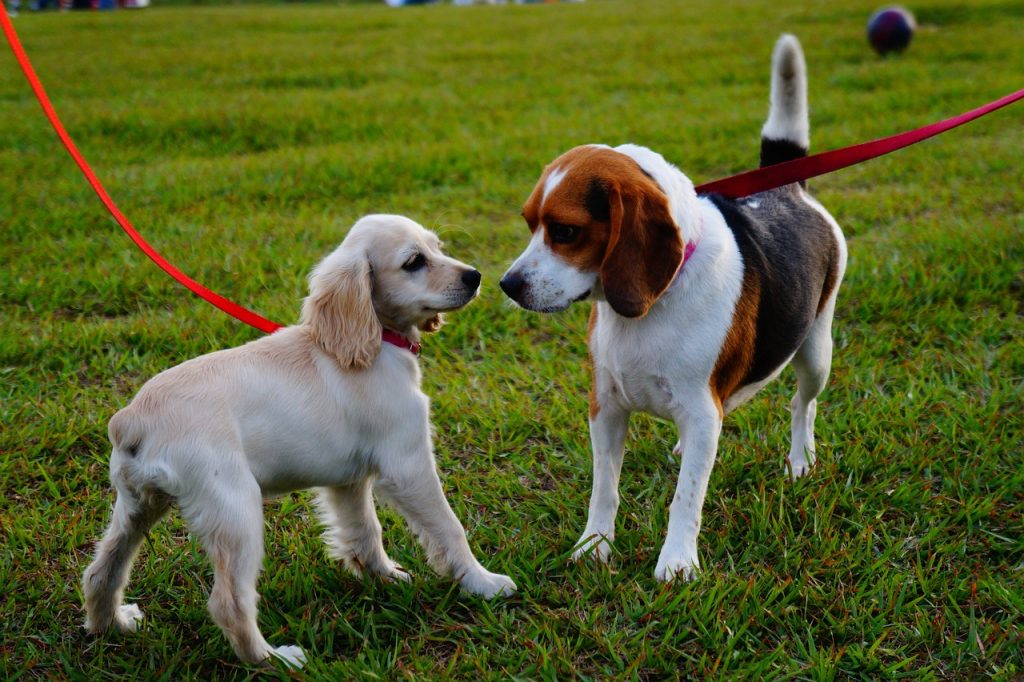
In conclusion, socializing your puppy is not just a step in their upbringing; it’s an investment in their future happiness and adaptability. By implementing thoughtful strategies, you can foster a well-adjusted, confident dog ready to navigate the complexities of the world around them. As you embark on this journey, remember that patience and understanding are your greatest allies.
CHECK OUT: Click here to explore more
Effective Techniques for Introducing Your Puppy to Other Animals
Properly socializing your puppy with other animals is essential for cultivating a harmonious household. When introducing your furry friend to other pets, taking a thoughtful approach is crucial. Here are some essential tips that can significantly enhance the process, ensuring a stress-free experience not just for your puppy, but for the other animals as well:
1. Start Early
The earlier you begin socializing your puppy, the more advantageous it will be. Puppies are naturally curious and adaptable during their developmental window of about three to sixteen weeks. This period presents a golden opportunity to expose them to various animals—be it a friendly cat, a calm rabbit, or even other dogs. Early introductions allow them to establish a comfort level and understand that other species can become part of their circle.
2. Controlled Environment Is Key
Setting the stage for interaction is vital. Begin the introductions in a confined space where the puppy can feel safe, and the other animal is not threatened. Using a leash for your puppy can provide a sense of security and prevent overly enthusiastic behavior. This setup also allows you to gauge reactions and step in if necessary. A soft, quiet area is ideal for initial meetings, reducing chances for overstimulation.
3. Supervised Interactions
Always supervise your puppy’s interactions with other animals, especially if the other pet is larger or has a different temperament. Observing the cues from both your puppy and the other animal can provide valuable insights. Look for signs of comfort, such as relaxed body language, as opposed to signs of stress or aggression, such as growling or stiff posture. By remaining present during these interactions, you can intervene if things seem to escalate.
4. Gradual Exposure to Different Animals
Different animals have varying behaviors, and every species requires distinct approaches. Introduce your puppy to one type of animal at a time before progressing to others. For instance, if you have a cat and a rabbit, start with the cat. Once your puppy has shown appropriate behavior around the cat, you can gradually introduce the rabbit. This step-by-step method will help your puppy learn how to respond to various animals while reducing the chances of overwhelming them.
5. Utilize Positive Reinforcement
Implementing positive reinforcement is a powerful strategy during these introductions. Reward your puppy with treats, praise, or toys when they exhibit calm and friendly behavior towards the other animal. This technique helps them associate positive outcomes with social interactions. Conversely, avoid punishing any fearful or anxious behavior, as this can lead to a negative association that may hinder future socialization efforts.
By incorporating these strategies during the socialization phase, you not only improve the chances of a smooth introduction between your puppy and other animals but also set the stage for a lifetime of positive interactions. As your puppy learns to navigate relationships with different species, they will grow into a more adaptable and sociable companion, paving the way for a harmonious home environment.
| Category | Description |
|---|---|
| Proper Introduction | Introduce your puppy to other animals gradually to reduce stress and anxiety. |
| Positive Reinforcement | Use treats and praise to encourage good behavior during interactions. |
| Controlled Environment | Start in a safe, familiar space where your puppy feels comfortable. |
| Socialization Classes | Consider enrolling in puppy socialization classes for guided interactions with other animals. |
| Monitoring Body Language | Pay close attention to your puppy’s cues to prevent overwhelming situations. |
Socializing puppies with other animals is a crucial step in their developmental journey. Techniques such as proper introductions and positive reinforcement are fundamental to creating a harmonious environment. When introducing your puppy, make sure to control the environment; this means starting interactions in familiar spaces where your puppy feels secure. Signs of discomfort, like cowering or growling, should be acknowledged immediately. Socialization classes offer structured settings for learning and can significantly enhance your puppy’s confidence. Always emphasize positive reinforcement by rewarding interactions with treats or praise to instill good behavior. Monitoring your puppy’s body language is essential; astute observation can prevent potential negative encounters. Each positive experience builds your puppy’s confidence, ensuring they grow into well-adjusted adults who can interact comfortably with various animals.
CHECK OUT: Click here to explore more
Building Lasting Connections Through Gradual Learning
Effective socialization isn’t just about introducing your puppy to other animals; it’s about fostering bonds that last. Gradually helping your puppy learn the boundaries, behaviors, and etiquette expected around different species can significantly enhance their social skills. Below are additional essential tips to help solidify these connections.
6. Observe Body Language
Understanding body language is key in animal interactions, and puppies are no exception. Awareness of the nuances in your puppy’s behavior, as well as that of other animals, can avert misunderstandings and conflicts. For dogs, a wagging tail can mean excitement, but if the tail is held high and stiff, it might signal anxiety or aggression. For cats, flattened ears usually indicate discomfort. Being mindful of these signs allows you to assess the situation in real time and react appropriately. This understanding not only aids in keeping interactions safe but also teaches your puppy to interpret social signals from others.
7. Timing Is Everything
Another vital aspect of socialization is timing. Ensure that interactions happen when both your puppy and the other animal are calm and in a good mood. A hyper or anxious puppy can lead to an overstimulated encounter, while a tired dog may not show interest in socializing. Pay attention to the energy levels of both parties to create the most conducive setting for positive experiences. Additionally, identifying and scheduling these interactions during quieter times of the day can help reduce distractions, making the introductions smoother.
8. Utilize Play Dates
Socializing isn’t limited to formal introductions; playdates serve as an excellent way to foster friendships between your puppy and other animals. Arrange meet-ups with friends or neighbors who have well-mannered pets. Supervised playdates allow puppies to learn through engagement and play, offering invaluable lessons about cooperation, sharing, and boundaries in a relaxed environment. These casual interactions also often lead to reduced anxiety around other animals, especially when they can see that fun interactions can occur with each new friend.
9. Join Puppy Classes
Puppy training classes not only teach basic obedience skills but also provide an ideal environment for socializing with other puppies and animals. In such settings, under the guidance of a professional trainer, your puppy can learn to play and interact safely while developing good manners. Socialization classes often structure engagement exercises to help puppies build confidence and learn proper responses. In the U.S., the American Kennel Club (AKC) as well as numerous local organizations offer accredited training classes that prioritize socialization techniques.
10. Patience and Consistency
Above all, remember that socializing a puppy is not an overnight process. It requires both patience and consistency. The more structured and continued your efforts are, the more likely your puppy is to enjoy positive interactions with other animals throughout their life. Keep in mind that every puppy is unique; some may take longer than others to adjust. Embrace the journey, and celebrate the small victories along the way, such as your puppy wagging their tail or showing interest in a new friend.
By implementing these additional strategies, you will pave the way for your puppy to not only coexist with other animals but thrive alongside them, contributing to an environment filled with understanding, respect, and fun for everyone involved.
CHECK OUT: Click here to explore more
Conclusion: The Path to Harmonious Relationships
Successfully socializing your puppy with other animals is an invaluable investment in their future, fostering not only friendly interactions but also emotional well-being. By implementing the essential tips outlined in this article, such as understanding body language, ensuring the right timing for interactions, hosting playdates, and enrolling in puppy classes, you create a solid foundation for your puppy’s social skills. Each interaction serves as a stepping stone, enhancing their ability to coexist with diverse creatures in their environment.
Consistency and patience are crucial in this journey. Recognize that every puppy is unique and will progress at their own pace. Celebrate the milestones, no matter how small, as they contribute to building confidence and easing anxiety in social settings. Resources such as the American Kennel Club (AKC) offer excellent guidance and training tools tailored for this purpose, ensuring you have the support you need.
In conclusion, socializing your puppy is not a one-time event but a continuous process that shapes their ability to form relationships throughout their lifetime. By fostering a keen understanding of their needs alongside those of other animals, you will help nurture well-adjusted companions who can thrive in any situation. So embark on this exciting journey with your puppy, and enjoy the blossoming friendships that await!

